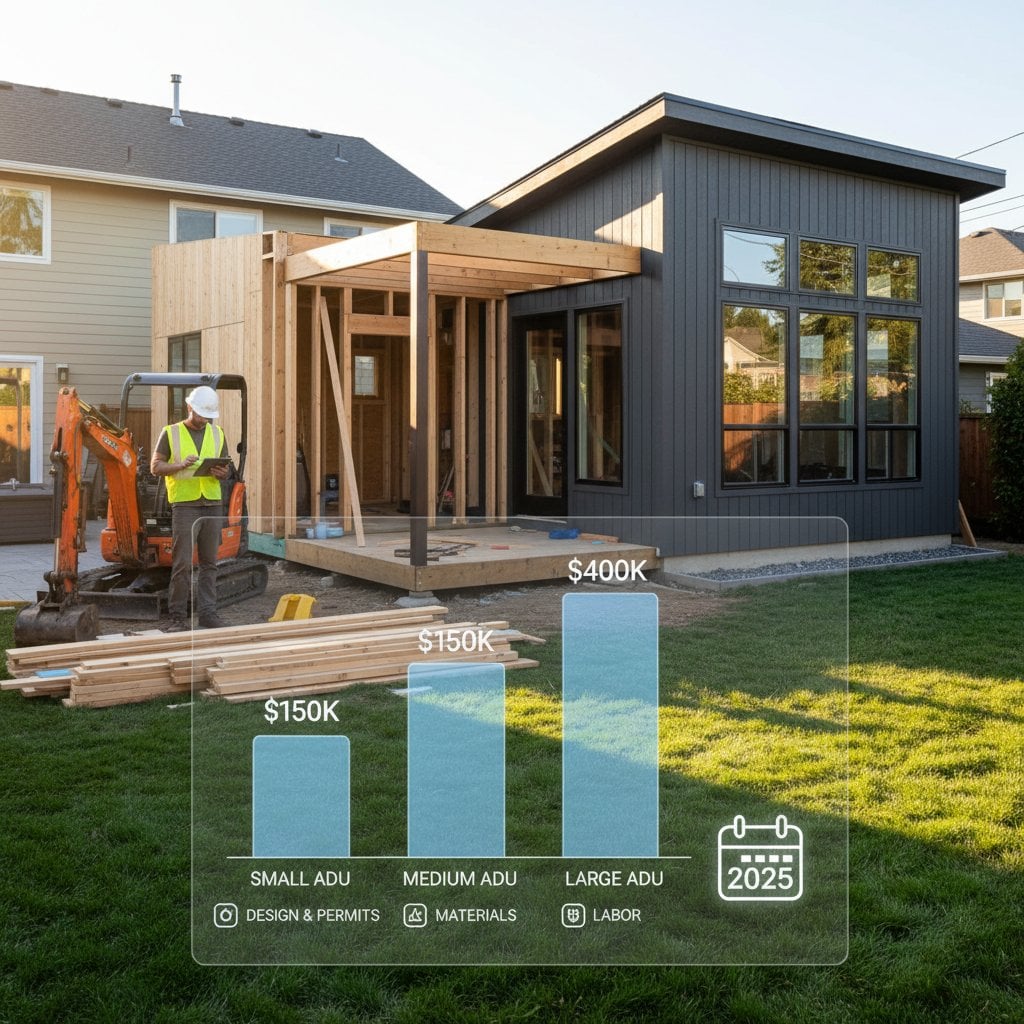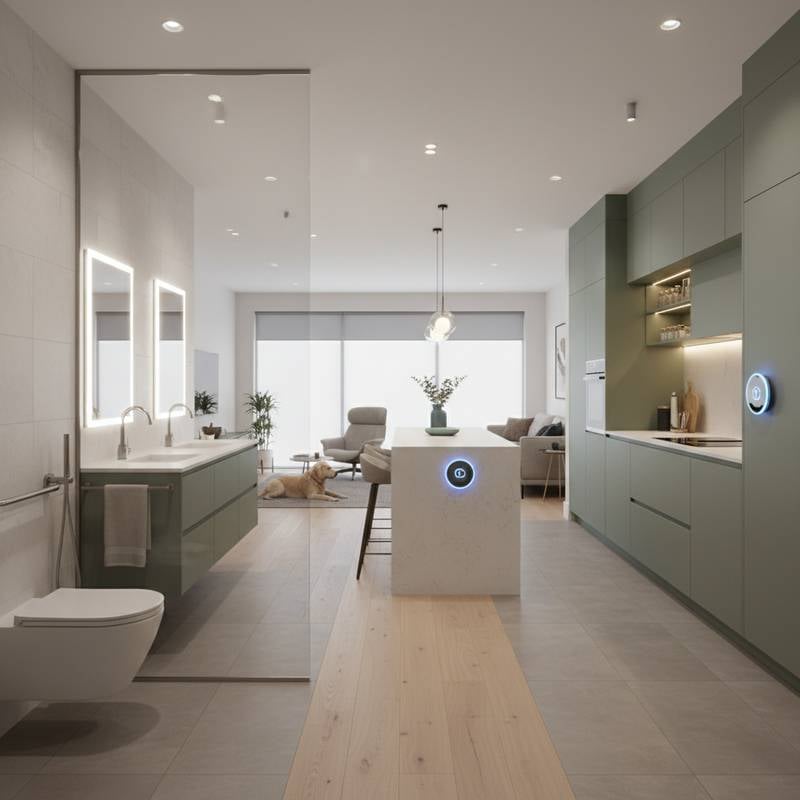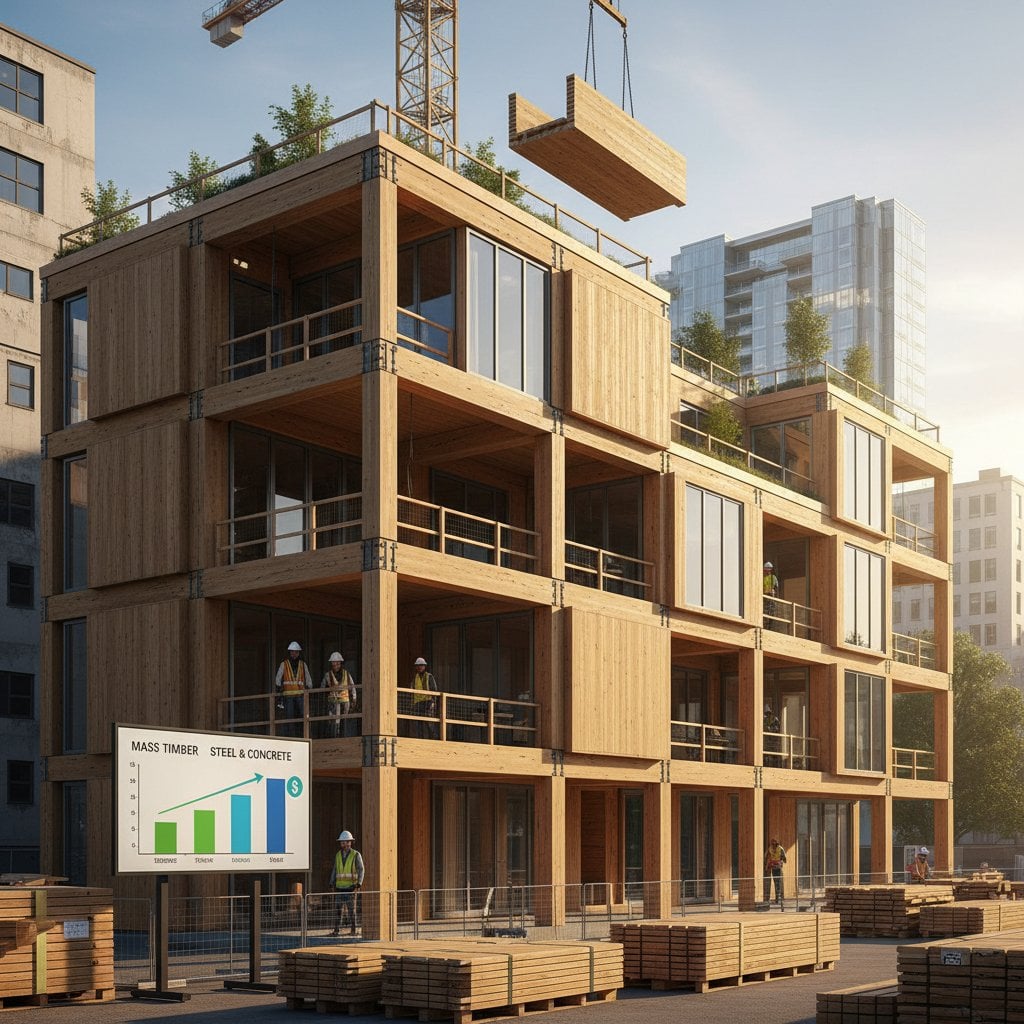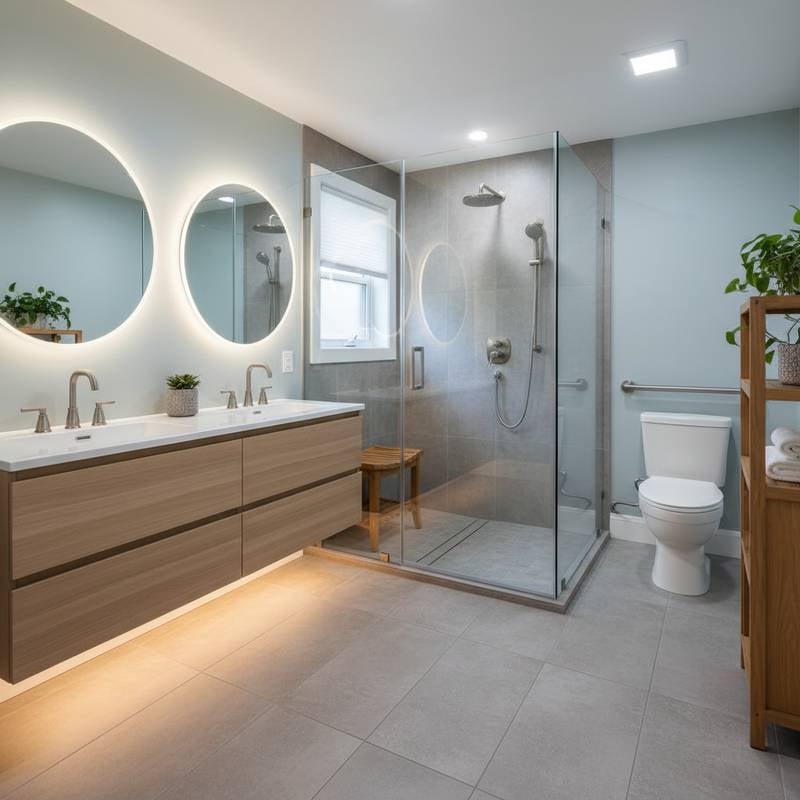Introduction to Aging in Place Remodeling
Aging in place refers to the concept of modifying a home to support independent living as residents age. This approach allows individuals to remain in familiar surroundings while addressing potential mobility and accessibility challenges. In 2025, such remodeling projects offer practical solutions that balance cost with long-term benefits.
The investment range spans from modest updates at $10,000 to extensive overhauls reaching $100,000. Factors such as project scale, material quality, and regional labor rates determine the final expense. Homeowners gain peace of mind knowing their space supports daily activities without the need for relocation.
What Defines Aging in Place Remodeling?
Aging in place remodeling focuses on universal design principles that promote safety and ease of use for all ages. These modifications anticipate future needs, such as reduced mobility or impaired vision, without compromising aesthetic appeal. The goal remains to create an environment that adapts seamlessly to changing circumstances.
Common elements include wider doorways, non-slip flooring, and automated lighting. Each feature contributes to fall prevention and independent navigation. Professional assessments often guide these decisions, ensuring compliance with accessibility standards.
Breaking Down the Costs: $10,000 to $100,000
Costs for aging in place projects vary widely based on scope and complexity. Budget-conscious homeowners start with targeted improvements, while those seeking full accessibility invest more substantially. Understanding this spectrum aids in realistic financial planning.
Entry-Level Projects ($10,000 to $30,000)
At the lower end, projects emphasize essential safety upgrades. Installation of grab bars in bathrooms costs around $500 to $1,500 per location, including materials and labor. Adding lever-style door handles and motion-sensor lights might total $2,000 to $5,000.
A basic kitchen reconfiguration, such as lowering counters for wheelchair access, falls within $5,000 to $15,000. These changes provide immediate functionality without major structural alterations. Homeowners often complete such work in phases to manage expenses.
Mid-Range Transformations ($30,000 to $60,000)
Mid-tier remodels incorporate broader accessibility features. Installing a walk-in shower with a curbless entry typically ranges from $10,000 to $20,000. Ramping the front entrance, if feasible, adds $5,000 to $15,000 depending on site conditions.
Updating electrical systems for smart home integration, like voice-activated controls, costs $3,000 to $8,000. These enhancements improve daily convenience and energy efficiency. The total reflects a balance between functionality and moderate disruption to the home.
Comprehensive Overhauls ($60,000 to $100,000)
High-end projects involve whole-home retrofits. A full bathroom renovation with zero-threshold entries and heated floors can exceed $25,000. Structural modifications, such as widening hallways or adding an elevator, push costs toward $50,000 or more.
Integrating advanced systems like automated window shades and fall-detection sensors adds $10,000 to $20,000. Luxury materials, such as custom cabinetry in accessible heights, elevate the price further. These investments yield a fully adaptive living space.
Key Factors That Influence Pricing
Several variables shape the overall cost of aging in place remodeling. Location plays a significant role, with urban areas commanding higher labor rates than rural settings. Material selections, from durable vinyl flooring to premium hardwood, directly impact budgets.
Project timelines affect expenses as well; rushed work incurs overtime charges. Existing home conditions, like outdated wiring, may require preliminary repairs. Consulting local building codes ensures modifications meet safety regulations without unexpected fees.
Permits and inspections add $500 to $2,000, depending on the jurisdiction. Energy-efficient upgrades, such as LED lighting and insulation improvements, qualify for rebates that offset costs. Early evaluation by a specialist helps identify these opportunities.
Essential Upgrades for Enhanced Accessibility
Selecting the right upgrades prioritizes safety and usability. Grab bars provide crucial support in wet areas, reducing slip risks. Lever faucets and pull-out shelves in kitchens simplify tasks for those with limited dexterity.
- Bathroom Modifications: Replace standard tubs with roll-in showers. Install adjustable-height sinks to accommodate seated use.
- Entry and Mobility Aids: Construct threshold-free entrances. Add stairlifts or platform lifts for multi-level homes.
- Lighting and Visibility: Incorporate task lighting over workspaces. Use contrasting colors on walls and floors to aid navigation.
- Kitchen Adaptations: Feature pull-down shelving and touchless appliances. Ensure ample clear floor space for maneuvering.
- Smart Technology Integration: Employ remote thermostats and security cameras. These tools enhance control and monitoring.
Each upgrade contributes to a cohesive, user-friendly environment. Prioritizing high-impact areas maximizes return on investment.
Steps to Plan Your Aging in Place Project
Effective planning transforms a vision into reality. Begin with a professional home assessment to pinpoint needs. This evaluation, often costing $300 to $1,000, outlines required changes and estimated budgets.
Next, research funding options. Grants from organizations like the U.S. Department of Housing and Urban Development support accessibility improvements. Tax credits for energy-efficient features provide additional savings.
Select a reputable contractor experienced in aging in place designs. Review portfolios and references to verify expertise. Obtain multiple quotes to compare value, ensuring inclusion of warranties and timelines.
Develop a phased implementation strategy if funds limit immediate action. Start with critical safety elements, then expand as resources allow. Regular communication with the team keeps the project aligned with goals.
Realizing Long-Term Comfort and Independence
Investing in aging in place remodeling secures a future of autonomy and well-being. These modifications not only address current requirements but also anticipate evolving needs. Homeowners experience reduced stress and enhanced quality of life.
The financial commitment yields substantial returns through avoided healthcare costs and preserved home equity. Collaborating with experts ensures durable, aesthetically pleasing results. Ultimately, a thoughtfully remodeled home becomes a sanctuary that supports graceful aging.











